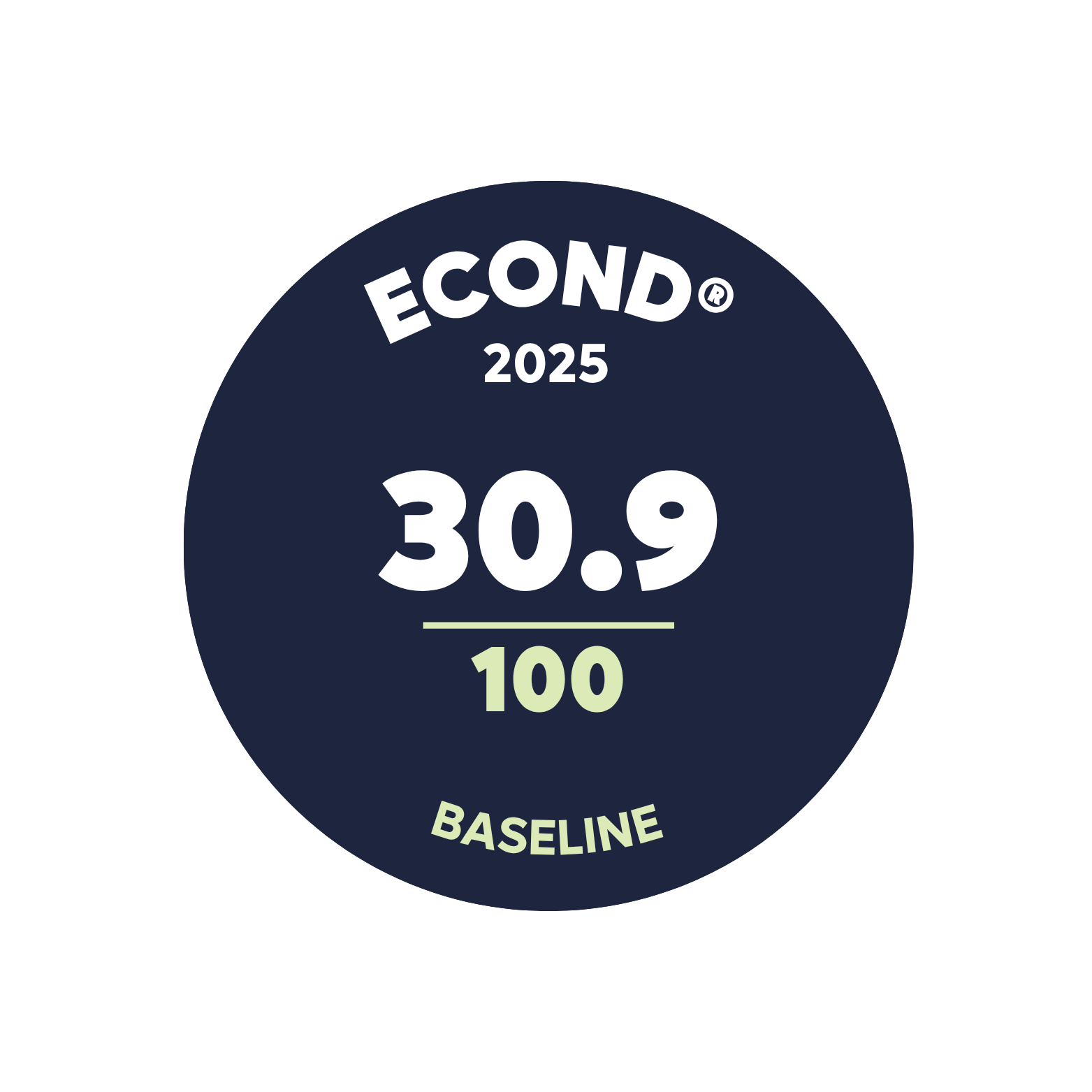Thooruna Reforestation Project.
Woodland Birds Asset Account.
Environmental Account: AU00102
Account Holder: J.R. Vander Have & R.A. Vander Have
Environmental Asset: Fauna - Woodland Birds
Asset Account ID: AU00102F1
Registration date: 4 April 2025
Certification date: 21 November 2025
Certification pathway: AfN Verified
Purpose: Measure and track changes in woodland bird condition before and after reforestation activities under the ACCU Scheme.
Current land use: Grazing & conservation.
Area: 573.3 ha
Method: AfN-METHOD-F-02
Asset Account snapshot.
Asset summary - baseline.
Asset statement.
-
4 April 2025 - Registration date
XX XX 2025 - Certification date
Significant outcomes.
An Econd® of 30.9 was recorded for Woodland Birds across the Thooruna Asset Account Area, with an average Econd® of 35.8 for the three assessment units that comprise the Restoration Zone. The bird community at Thooruna is typical of subtropical Queensland woodland that has been largely cleared for cattle grazing.
Over the coming years, Thooruna intends to improve the condition of this area through an active revegetation program, with the goal to improve the biodiverse habitat available to native bird species. Our intention is to continue to monitor and report on the condition of our environmental assets at Thooruna, using ecological data to guide and evaluate our management.
We are committed to sustainable stewardship of the land and see opportunities to develop and test innovative methods and technologies to support evidenced-based and data-driven management of our precious natural capital.
Limitations & disclosures.
Sub-asset stratification
Small patches of vegetation (<1ha extent) that are components of different broad vegetation groups under the QLD BVG or RE classification have been included within the mapped sub-assets. Non vegetated areas such as rock and permanent waterbodies were also included within those sub-assets. Given the small extent of these patches, we consider the impact of their inclusion within other sub-assets as immaterial to the findings of this account.
Accuracy of vegetation mapping
Vegetation mapping is a challenging procedure requiring interpretation and extrapolation of field and remote sensing data. Some parts of the property have not been field-verified and it is possible that additional surveys may identify inaccuracies in digital vegetation mapping. Over time we expect that vegetation mapping of the property will improve.
High Econd® within the Restoration Zone
The Account team did not anticipate that the Restoration Zone would result in a higher Econd® score, in comparison to the intact vegetation on the property. There may be a few factors at play, however the main factor likely driving this result is the comparatively low species richness found within the cleared areas. There is generally lower species richness in the cleared areas, as expected, however this seems to drive up the ICS because it inflates the proportion of small-bodied species.
The small-bodied fair-wrens and finches are benefited by the extensive grass in the cleated areas, and this leads to some interesting results across the assessment units. These species are included within the method, as species do not have to be designated woodland species, only that the area being assessed is (or will be) a woodland. In contrast, some Thooruna sites with several more species, including more specialised woodland species – babblers, honeyeaters, shrike thrush – score less well as small bodied species form a smaller proportion of the total. The other indicator, ‘percentage associated with intact woodland bird communities’, applied in some other regions, would presumably not be as affected by this.
This aspect will continue to be monitored throughout the life of the Account.
Environmental markets.
Australian Carbon Credit Unit (ACCU) Scheme project, registered with the Australian Clean Energy Regulator. More information can be found here:
Last Update: 4 November 2025

Environmental Account.
Learn more about the Environmental Account.







